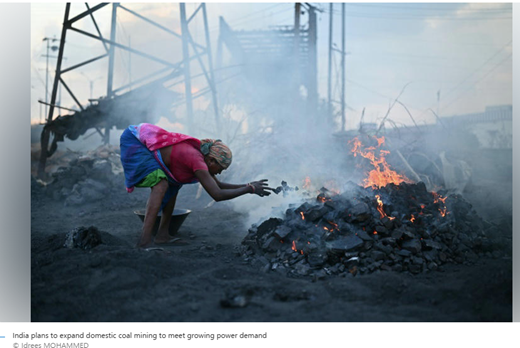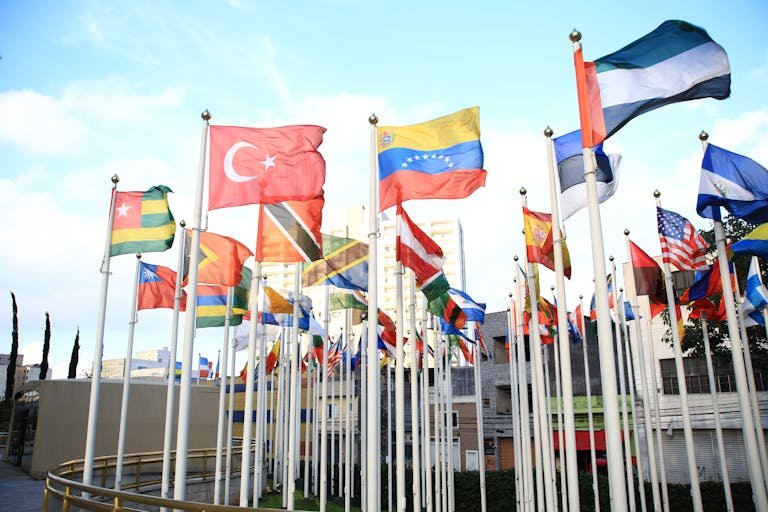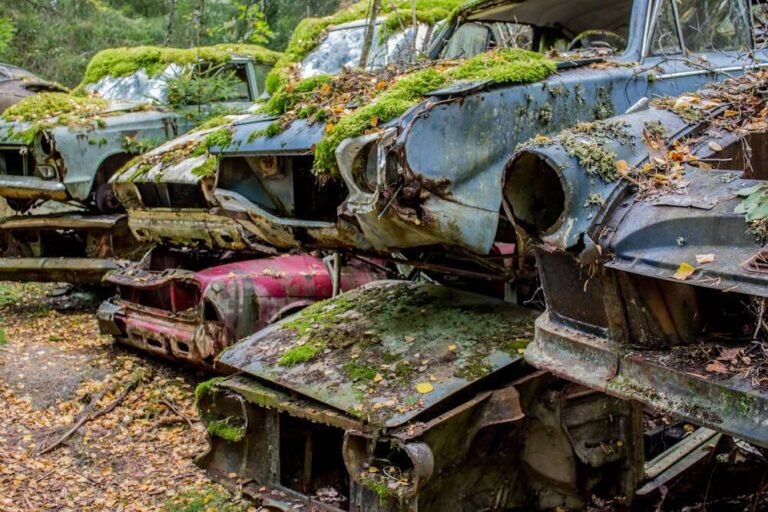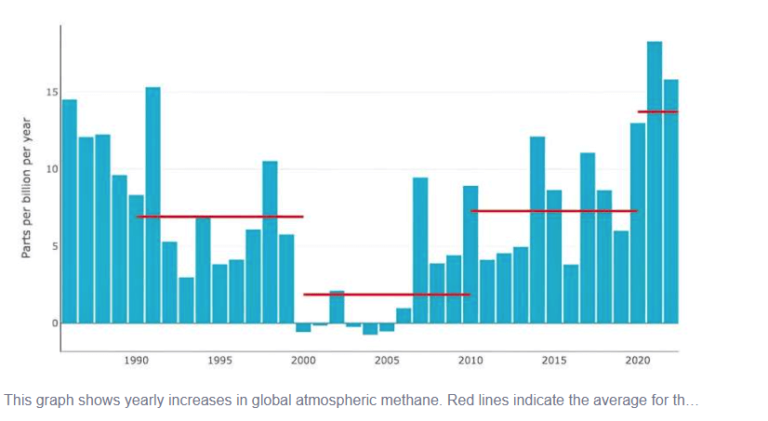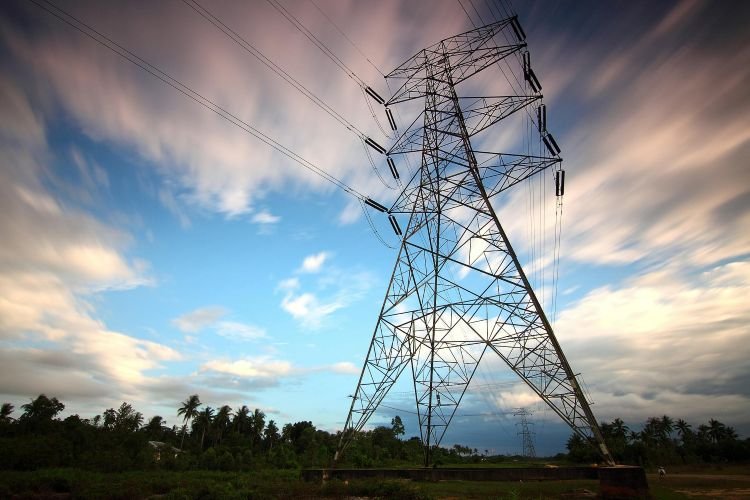India’s development – a climate conundrum?
India coal expansion risks massive methane growth: report (msn.com)
AFP showing near term development plans by India include the increase coal burning from almost 1 billion tonnes to more than 1.5 billion tonnes by 2030.
No one can say for the sake of the climate that India must curtail its development, in any case India would ignore it even if anyone tried. However how it achieves that development will have major consequences for the global carbon trajectory and the aim to keep within 1.5 warming, or even the 2 degrees warming, to avoid dangerous global warming. If India follows the same emissions path of China, then its total carbon emissions will more than double with disastrous consequences for the global carbon budget and any ambitions to remain within even 2 degrees centigrade of warming.
Yet it is also a fact that the per capita consumption of carbon in India or much of the rest of the developing world is only a fraction of the Western world or indeed China(see Context article linked below) . So how to square a just transition to a safe climate space while achieving the India’s development rights and objectives for example to provide electricity to every home and no doubt air conditioning for a billion people in a rapidly heating world with frequent weather extremes and temperatures well over 40 degrees for long periods in the Summer as the new normal? The short term solution and the need to develop often contributing to the long term problem of hotter and hotter days. There is no simple answer or at least no economically and socially simple answers to these questions.
Looking from the headline linked article from MSN above that coal is a big part of that answer for India to its power needs, but as is now widely known coal is also the dirtiest of fossils in terms of carbon pollution (see Context linked article below). The MSN actually article focuses on methane (CH4) emissions which are x80 times more potent than carbon in the first twenty years after emission (falling after somewhat) but standard CO2 emissions and impacts alone would guarantee that the Paris Agreement climate ambitions would die.
So what to do? It seems as clear as it is difficult – India as other developing countries, should be facilitated with the financial opportunities and technological support to leapfrog the cheap and easy option of burning coal to construct an electricity production, storage and grid system based on clean power. Taking account of the scale of such transition it wont be easy, where even Germany, a highly developed, advanced industrial country has struggled with the cost of grid upgrade , upwards of 450 billion euros to make its electricity grid fit for 100% renewables. But it seems that that is where the Paris commitment to climate crisis resolution really starts. If it were easily accomodated within the current economic and commercial structures it would have been done long ago.
But now in the face of a fast disintegrating climate system and all the catastrophic consequences that entails for food production and costs, drought, water access, storms and flooding, that transformation has become an imperative. Without this concept delivering to the fore of all climate negotiations and actions, failed Paris goals and all the consequences of a dangerous levels of global warming will lie in store. It starts with recognition of the development needs and rights of India and other developing countries and progresses rapidly to what is needed to assist them to transform their energy systems from coal, oil and even gas to clean sources. It is no simple task but it is an essential one and comes under the heading of climate justice.

